Agricultural, forestry and fishery exports have always been a bright spot in Vietnam's economic "picture". In the first nine months of 2024, the total export turnover of these items reached 46.28 billion USD, up 21%; the trade surplus reached 13.86 billion USD, up 71.2% over the same period in 2023.
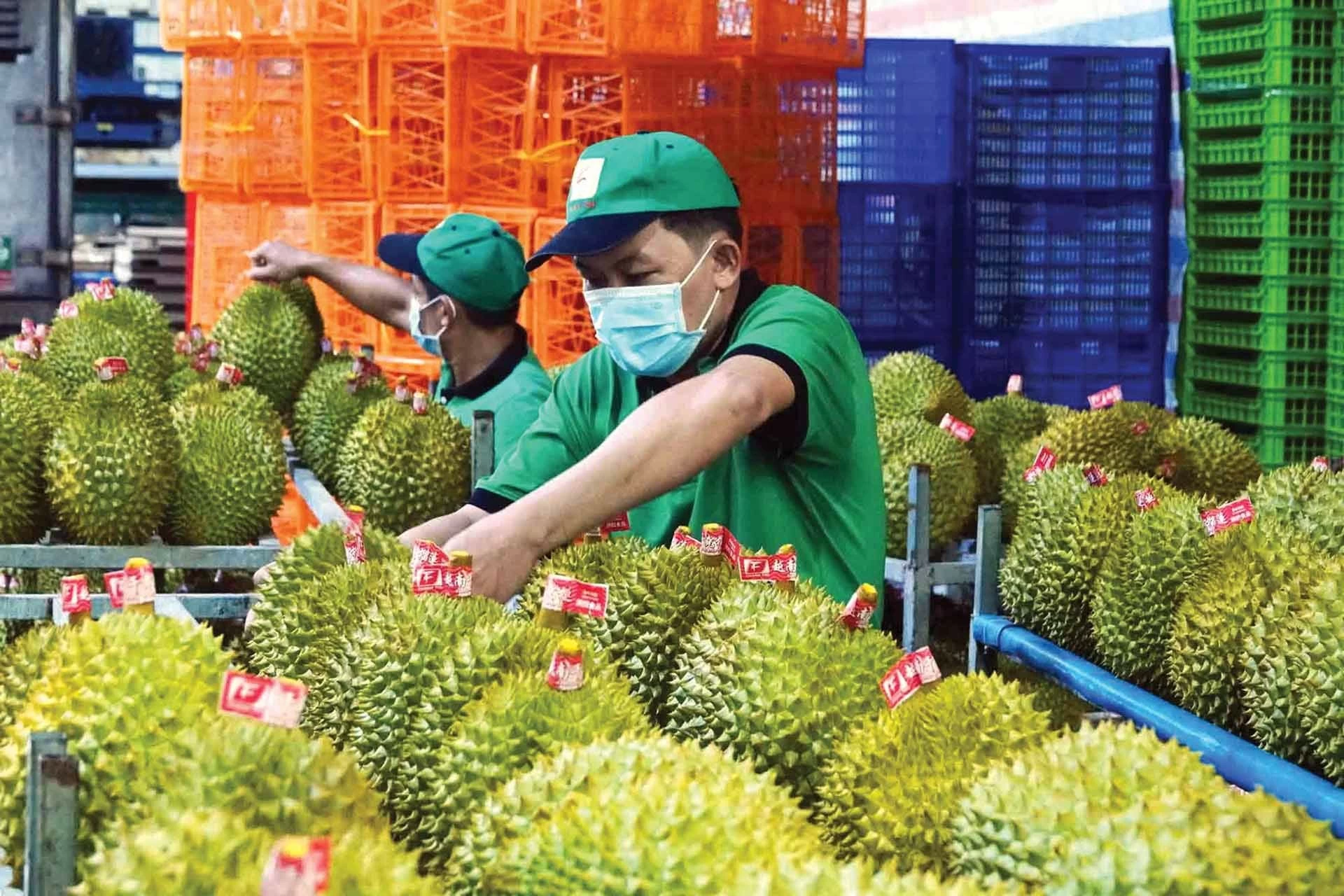 |
| Durian is one of Vietnam's main agricultural exports. (Photo: Dao Ngoc Thach) |
As the backbone of the economy, agricultural exports bring Vietnam more than 50 billion USD each year. This year, with exports of key products higher than last year, the whole industry has many incentives to soon reach the assigned target of 54-55 billion USD.
Impressive numbers
According to data from the Ministry of Agriculture and Rural Development (MARD), in the first nine months of 2024, agricultural exports continued to recover and grow impressively, contributing positively to the trade surplus. Total agricultural, forestry and fishery export turnover reached 46.28 billion USD, up 21%; imports were 32.42 billion USD, up 7.5%. The trade surplus of agricultural, forestry and fishery products reached 13.86 billion USD, up 71.2%.
Export turnover of key commodities was higher than the same period last year, such as: wood and wood products 11.66 billion USD, up 21.3%; coffee 4.37 billion USD, up 39.6%; rice 4.37 billion USD, up 23.5%, up 9.2%; cashew nuts 3.17 billion USD, up 22.5%; vegetables and fruits 5.87 billion USD, up 39.4%; shrimp 2.79 billion USD, up 10.5%; tra fish 1.36 billion USD, up 7.8%; pepper 1 billion USD, up 46.9%...
In particular, the average export price of coffee increased the most, by 56% to reach 3,897 USD/ton; pepper ranked second with an increase of 49.2% to reach 4,941 USD/ton; followed by rubber with an increase of 19%, rice with an increase of 13.1%... More impressively, in September 2024, fruit and vegetable exports reached 1.2 billion USD, a sharp increase of 72.5% over the same period last year. This is the first time the fruit and vegetable industry has recorded a monthly export turnover exceeding the 1 billion USD mark, bringing the fruit and vegetable export turnover in the first nine months of this year to equal that of the whole year of 2023.
Not only that, the value of agricultural products exported to markets grew quite well: Asia increased by 17.4%; America increased by 26.1%; Europe increased by 34.6%; Oceania increased by 16.1%. The markets of China, the US, the Philippines, Japan and South Korea all increased their purchases of Vietnamese agricultural products.
Multiple export drivers
According to experts and industry associations, the above results were achieved thanks to a series of effective solutions that created momentum to promote exports.
Firstly, Vietnam has implemented 16 free trade agreements (FTAs), creating great opportunities for exporting goods in general and agricultural products in particular. In particular, by taking advantage of opportunities and tariff advantages from the Comprehensive and Progressive Agreement for Trans-Pacific Partnership (CPTPP) and the Vietnam - EU FTA (EVFTA), our country's agricultural exports have grown strongly.
Second, by September 2024, localities have established and granted 7,639 growing area codes in 56 localities and 1,557 packaging facility codes permitted to export to China, the US, Australia, New Zealand, South Korea, Japan, the European Union (EU)... contributing to orienting production according to market demand, enhancing the reputation of Vietnamese agricultural products.
Third, the approval and implementation of the project to promote the export of agricultural, forestry and fishery products to major markets such as the US, China, Japan, EU... from the end of 2023, combined with the implementation of solutions to open the market and seek new orders in 2024, has been effective.
Fourthly, during the State visit of General Secretary and President To Lam to China (August 2024), the Ministry of Agriculture and Rural Development and the General Administration of Customs of China signed three protocols including: Inspection, quarantine of plants and food safety for exported frozen durian; quarantine requirements for exported fresh coconuts and quarantine and health requirements for farmed crocodiles... This is expected to continue to facilitate Vietnamese agricultural products to "open the door" wider to the market of the world's second largest economy.
Fifth, also in August 2024, Vietnam reached an agreement for passion fruit imports into the US. The two countries initiated the review process for new Vietnamese products, including seedless lemons, guavas, jackfruit, tangerines, plums, lemons, pomegranates and several other products for US crop varieties. The US Department of Agriculture said that the country has not had such a close cooperative relationship with any partner in the region.
Aiming for a new record
As a tropical monsoon country, Vietnam harvests agricultural products all year round. However, according to experts, the export of these products is currently facing many challenges such as: increasingly high requirements on quality standards and origin of goods from import markets; negative impacts of epidemics, trade conflicts, geopolitical conflicts, protectionist trends, etc.
Deputy Minister of Agriculture and Rural Development Phung Duc Tien said that recently, storms and natural disasters have caused great damage to the agricultural sector, causing a decrease in raw material sources while sea freight rates continue to increase... It is forecasted that climate change not only causes extreme weather phenomena such as hail, drought, floods... but also severely affects the agricultural sector, reducing the area of cultivated land, reducing quality and output, and even causing crop failure.
On the other hand, in the trend of sustainable development, major export markets such as the US, Japan, EU, etc. require exported agricultural products to meet standards of carbon emission reduction and environmental protection.
All of the above factors require finding solutions to help Vietnam's agricultural exports maintain growth and continue to set record numbers.
Talking to The Gioi Va Viet Nam Newspaper, economic expert, Dr. Nguyen Minh Phong said that Vietnam is still exporting raw agricultural products with low processing content, accounting for about 70-80% of total export turnover, so the value and competitiveness are not high. Therefore, in order for Vietnamese agricultural products to "attract" more foreign currency, the agricultural sector must first urgently shift from exporting raw products to increasing the proportion of refined exports.
To do this, according to Dr. Nguyen Minh Phong, the State needs to continue implementing current policies to support businesses applying science and technology in agriculture, attracting investment to develop the food processing industry; encouraging businesses to invest in deep processing to increase value and quality. In addition, businesses need to invest in improving and upgrading existing processing plants, upgrading technology to ensure food quality and safety; building a warehouse system to meet the requirements of the supply chain, ensuring the maintenance of product quality, etc.
Meanwhile, Deputy Minister Phung Duc Tien recommended that enterprises with deep processing capacity should focus on building brands so that Vietnamese agricultural products have real value in the international market; step up trade promotion, introduce advantageous agricultural products; and continue to promote restructuring of the agricultural sector according to the set strategy.
In order to access and maintain demanding markets, export goods, especially agricultural products, must meet standards of origin and quality. Therefore, Dr. Nguyen Minh Phong emphasized the factor of meeting food hygiene and safety and technical barriers. “Proactively responding to all markets is very important. In the context of a volatile world economy, it is very risky to depend on certain markets. Therefore, Vietnamese agricultural products need to improve the quality so that in case a market fluctuates or other markets emerge, we can switch to sell and grow sustainably,” said Mr. Phong.
Only by improving quality can agricultural products "open the door" to new markets with great potential such as Middle Eastern countries, African countries, Islamic countries, Halal markets...
Finally, developing green agriculture is an inevitable trend and a mandatory requirement in the current context of international integration. Experts affirm that, from now on, people and businesses need to continue to shift from developing agricultural supply chains to developing industry value chains and developing green agriculture to be able to keep up with the consumption trends of the global market.
Source: https://baoquocte.vn/con-duong-mo-ra-canh-cua-moi-cho-nong-san-289682.html






![[Photo] Looking back at the impressive moments of the Vietnamese rescue team in Myanmar](https://vstatic.vietnam.vn/vietnam/resource/IMAGE/2025/4/11/5623ca902a934e19b604c718265249d0)
![[Photo] "Beauties" participate in the parade rehearsal at Bien Hoa airport](https://vstatic.vietnam.vn/vietnam/resource/IMAGE/2025/4/11/155502af3384431e918de0e2e585d13a)
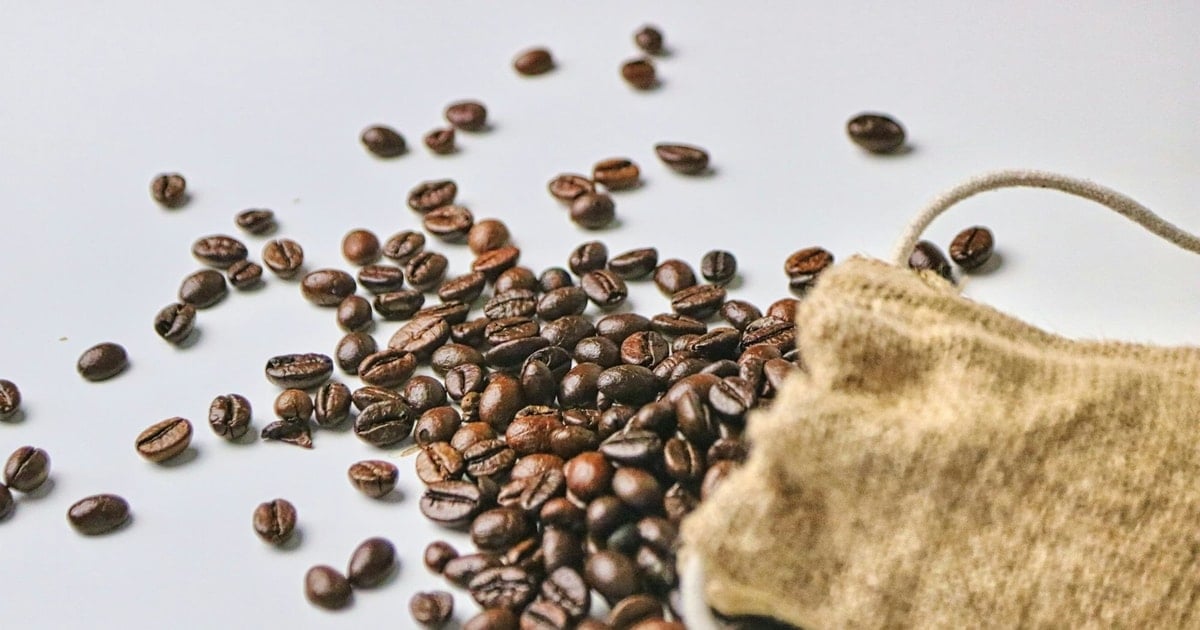

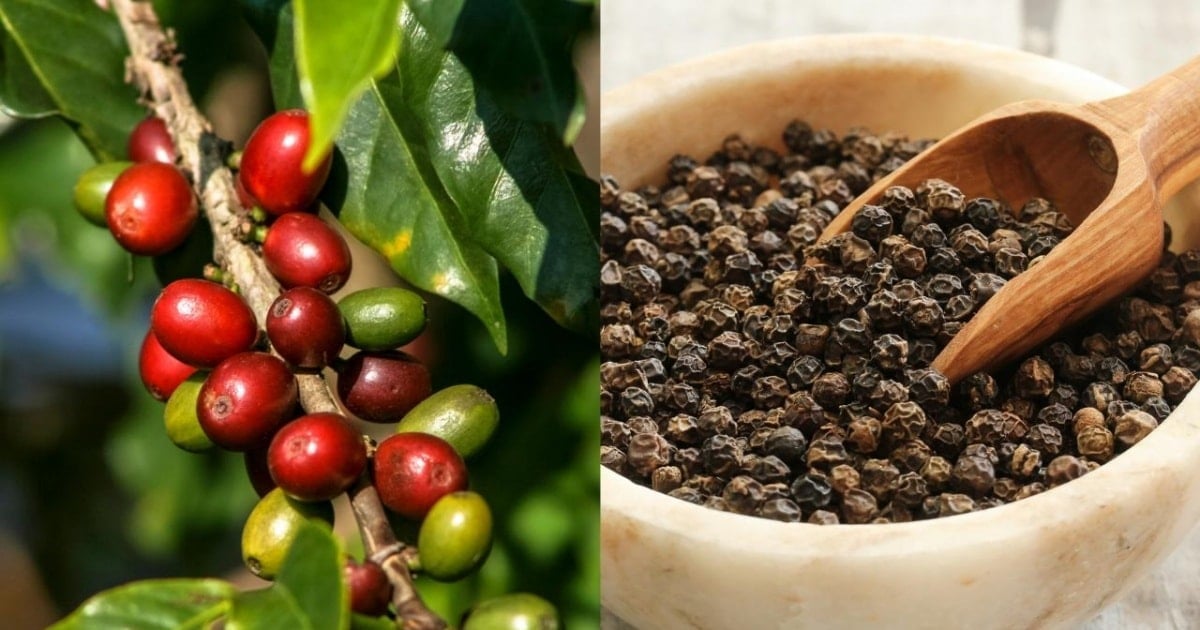
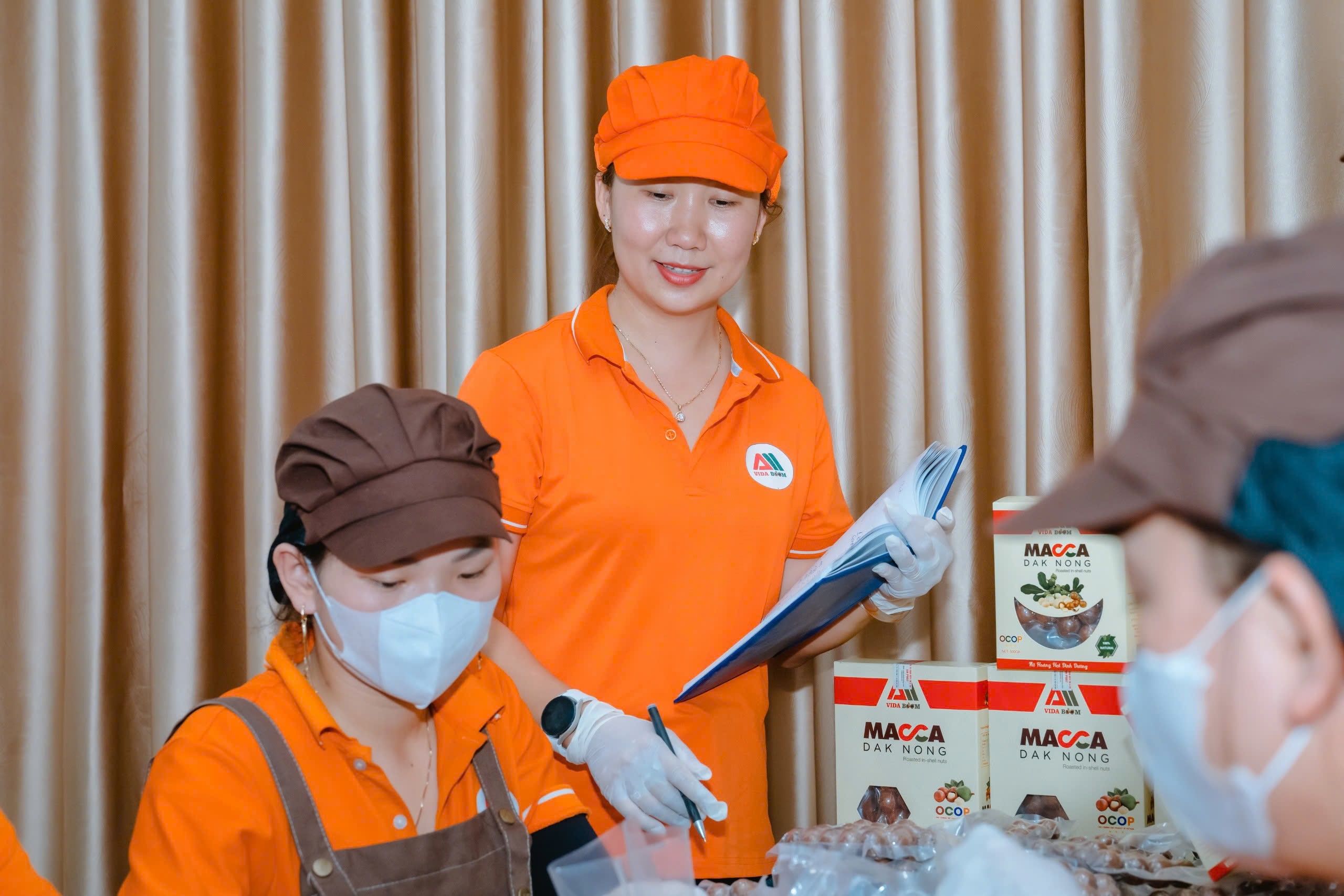
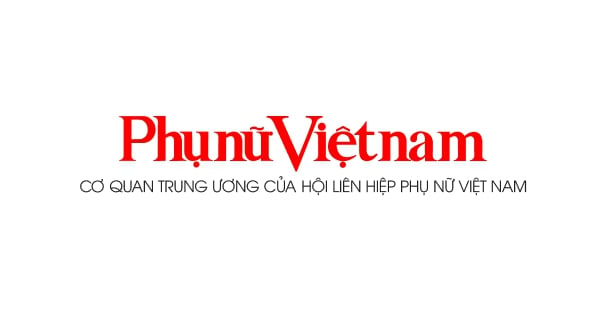
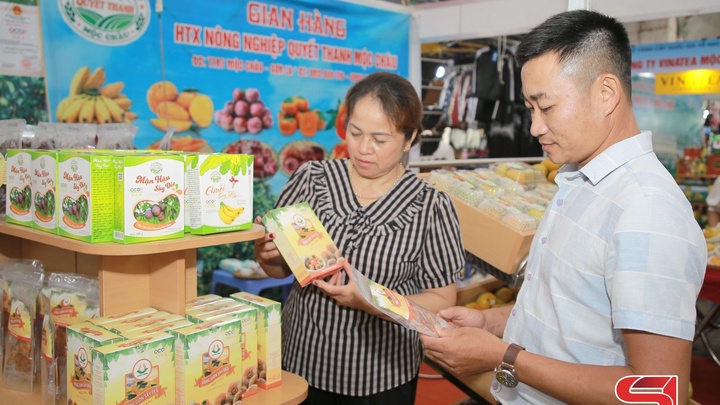

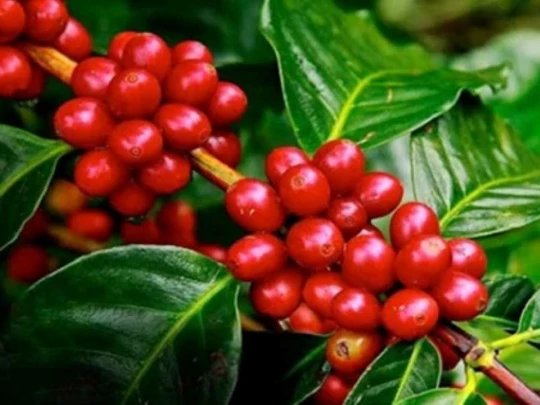

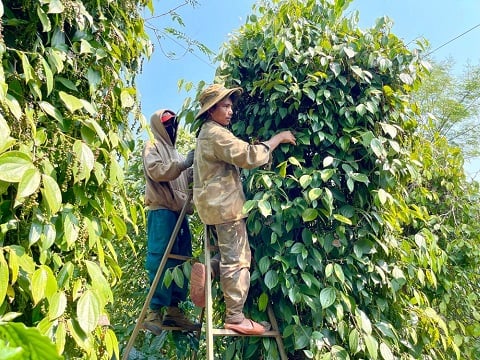


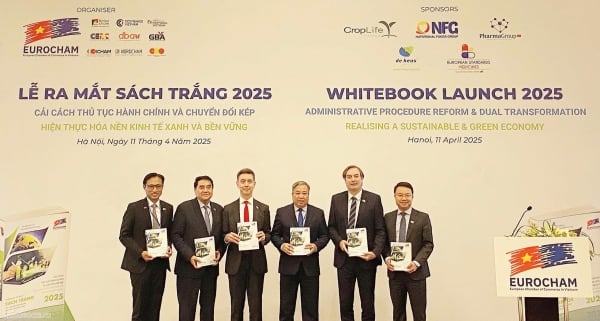



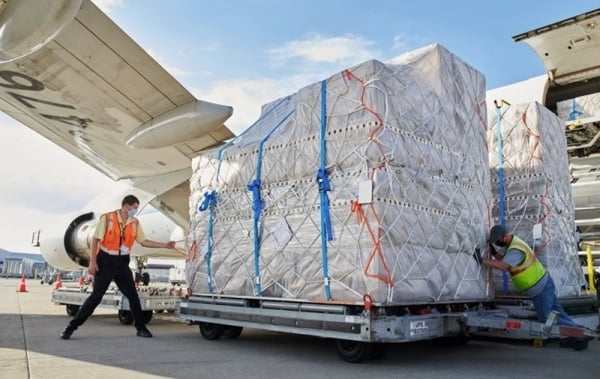






![[Photo] Summary of parade practice in preparation for the April 30th celebration](https://vstatic.vietnam.vn/vietnam/resource/IMAGE/2025/4/11/78cfee0f2cc045b387ff1a4362b5950f)




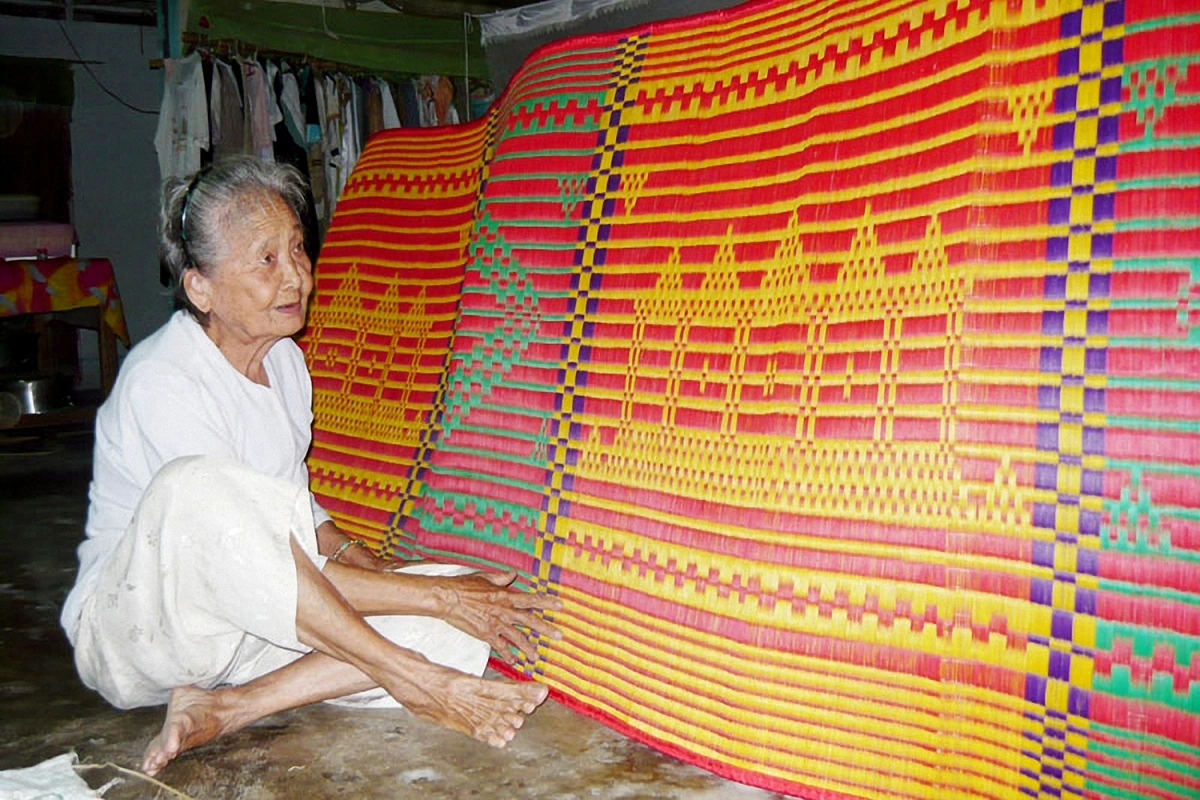












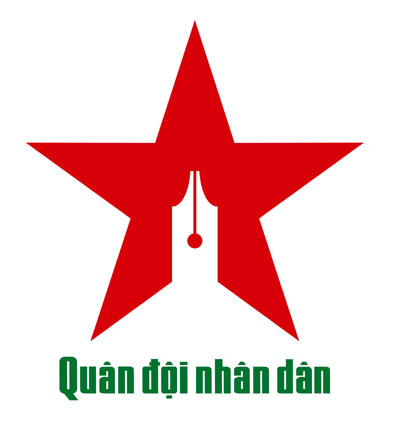













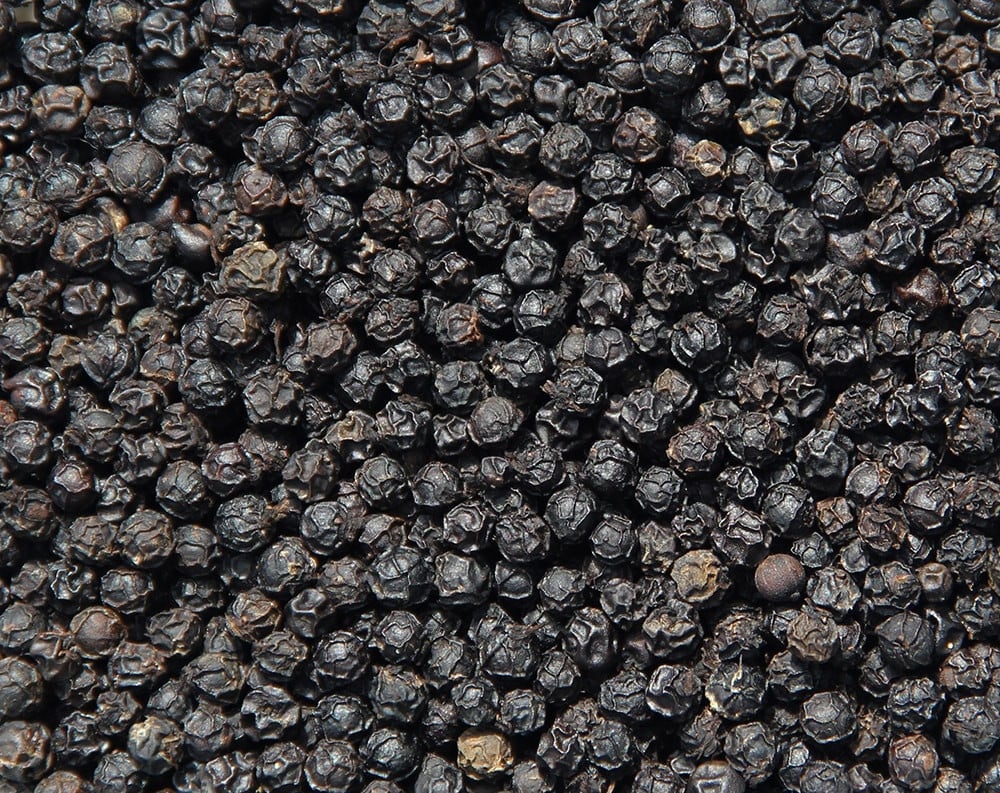
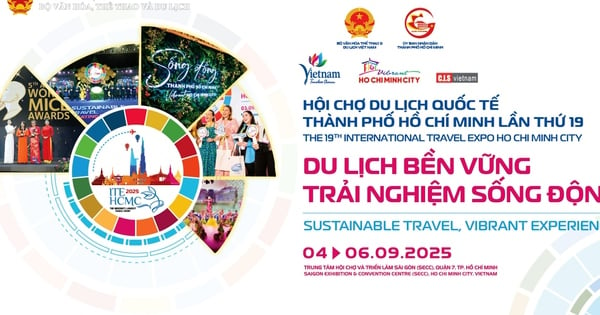





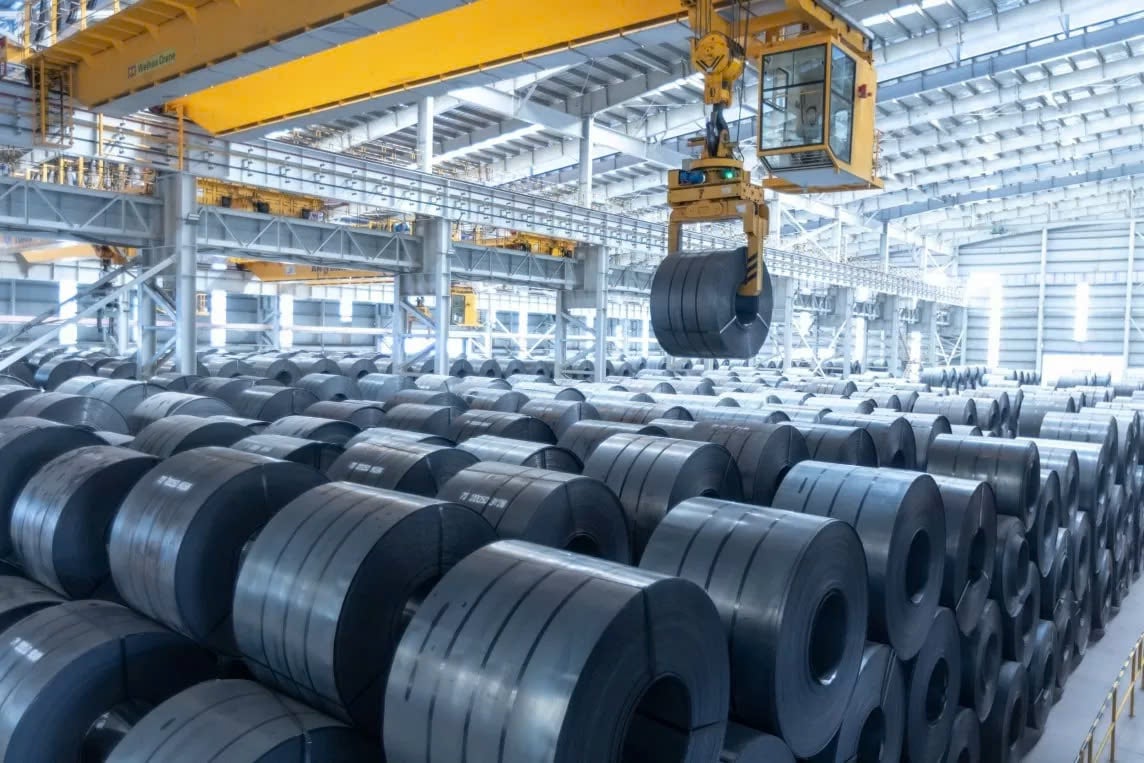





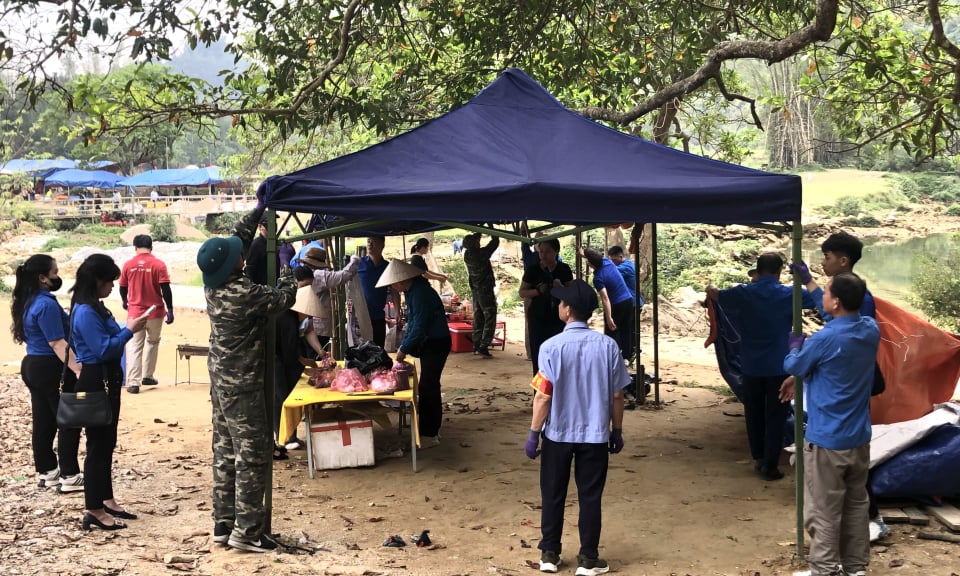




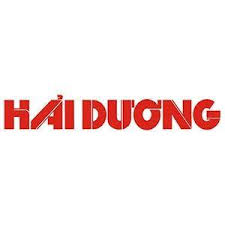
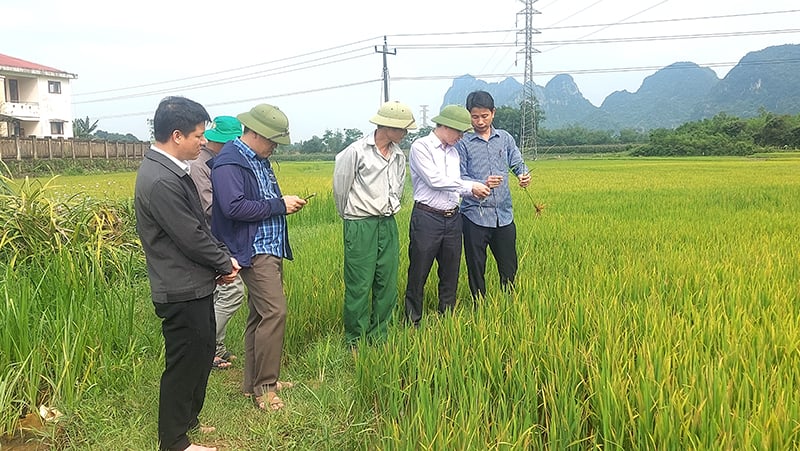



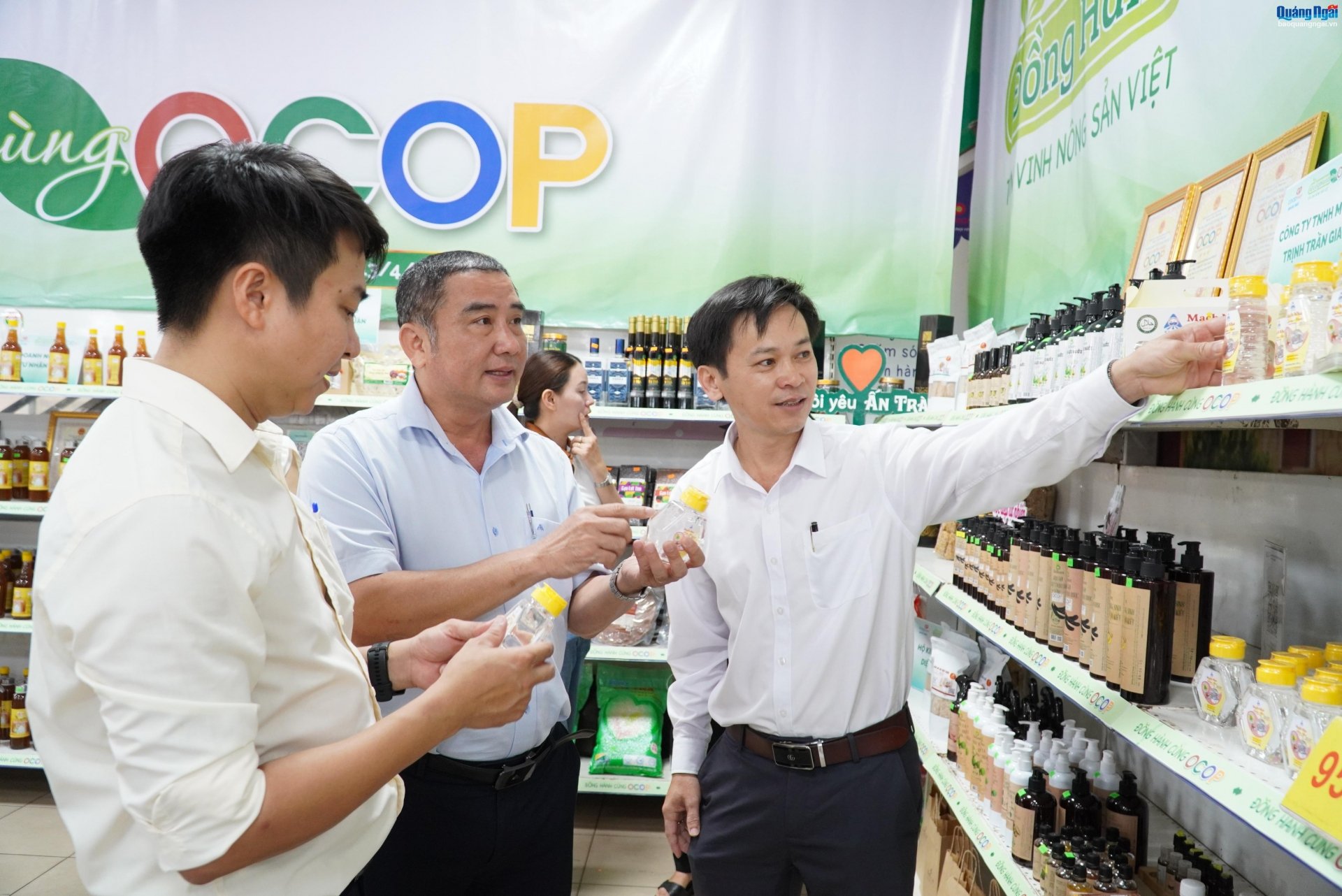

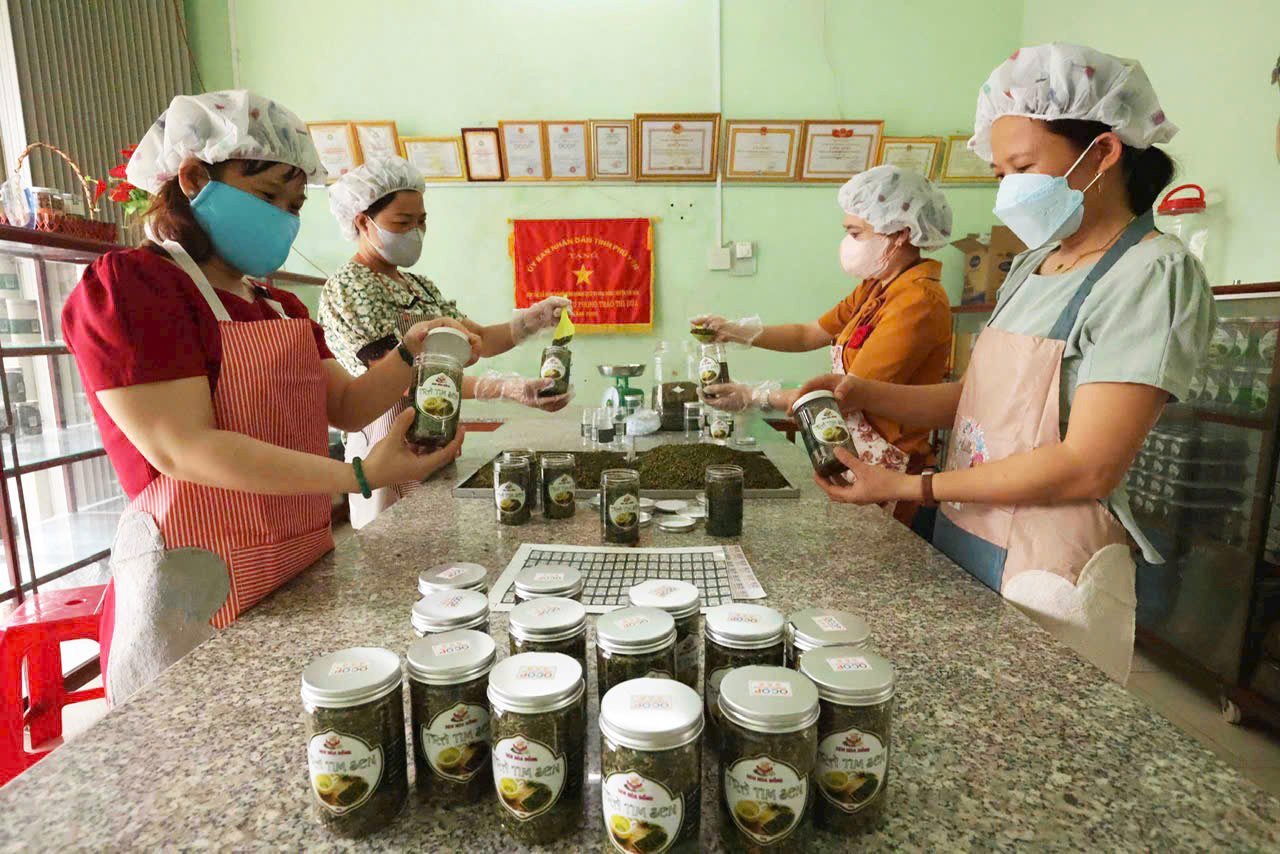
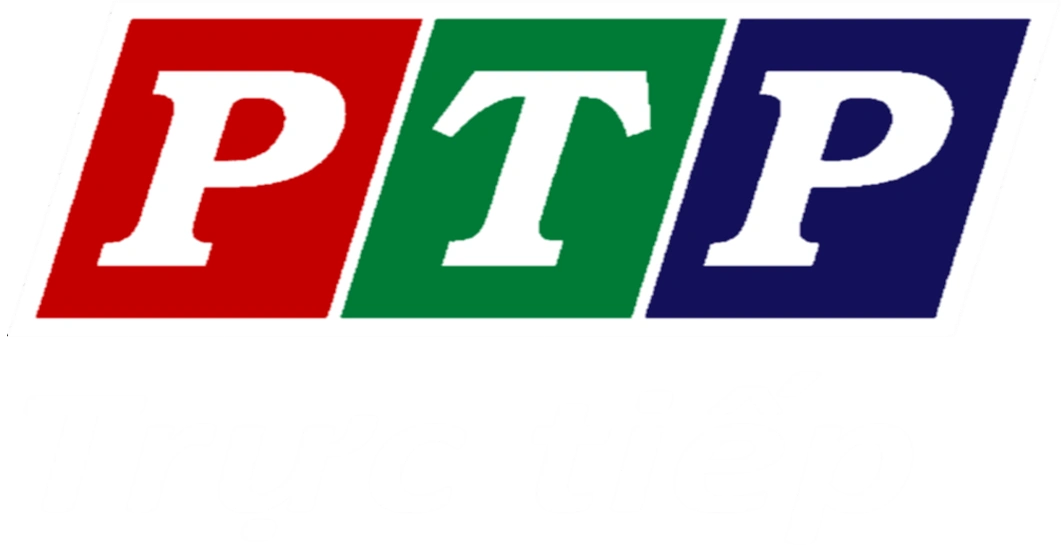
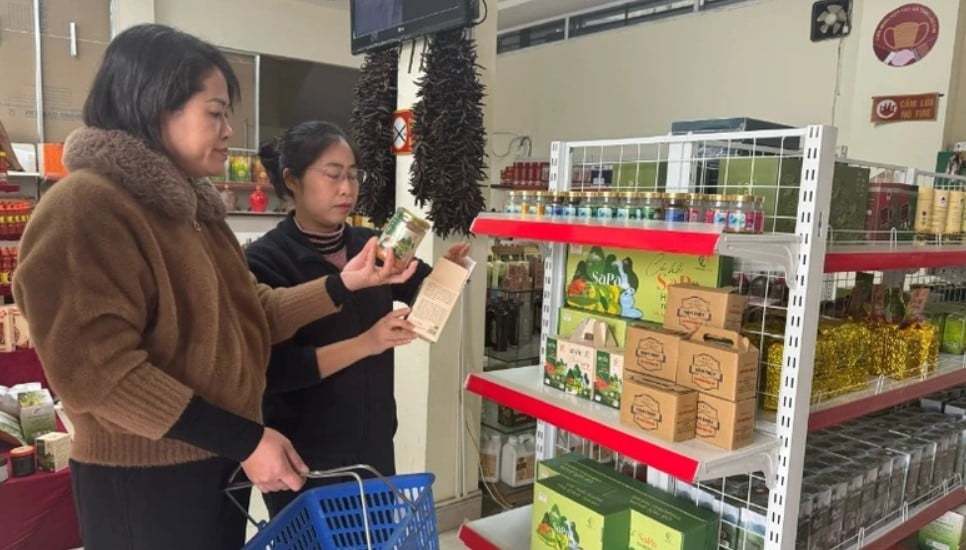
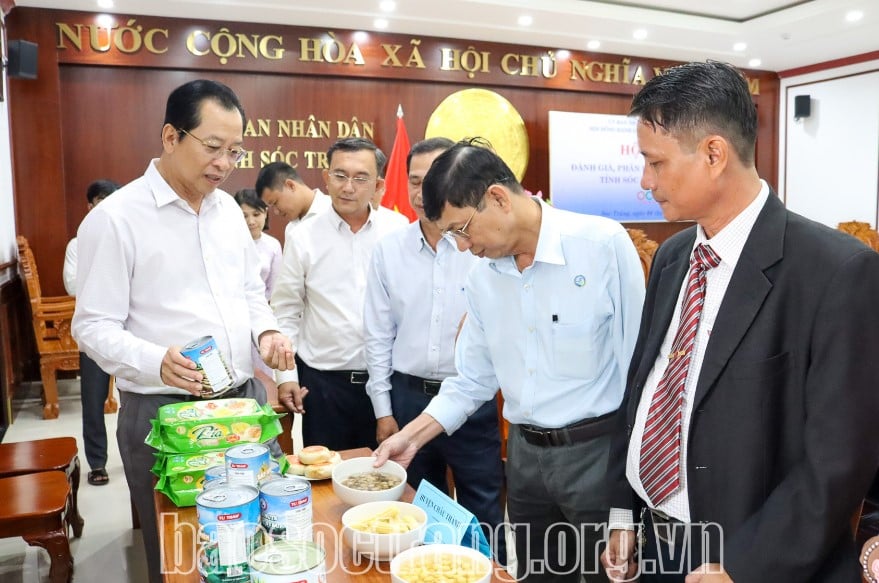

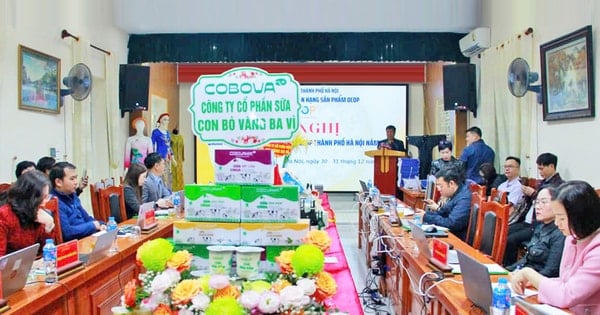
Comment (0)